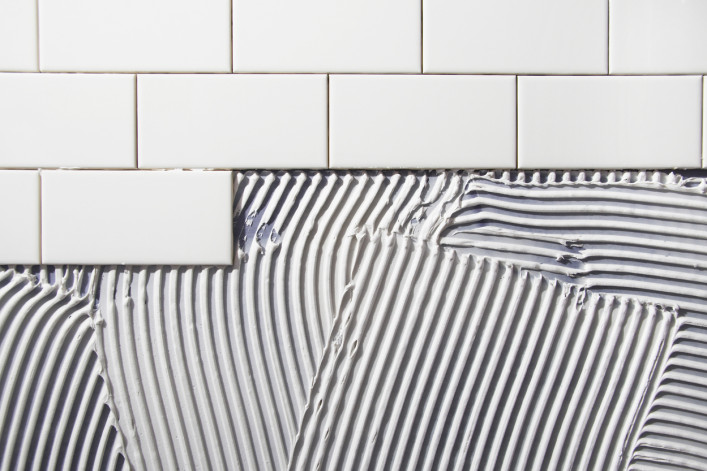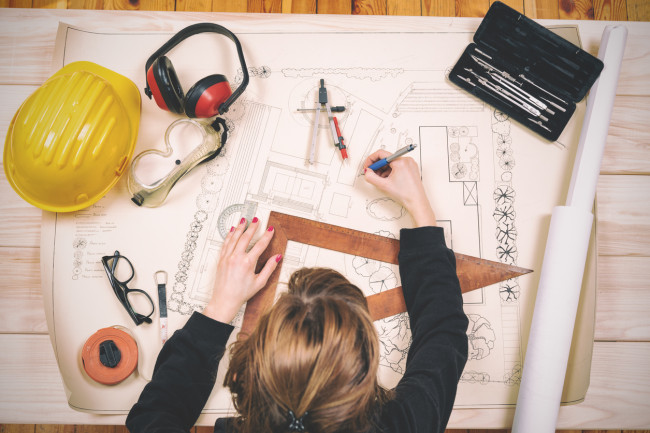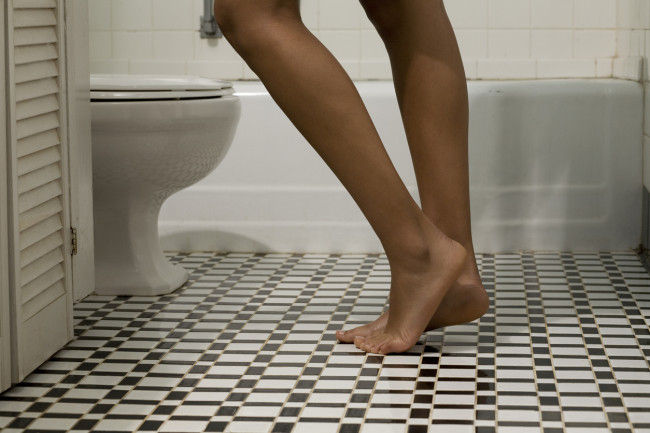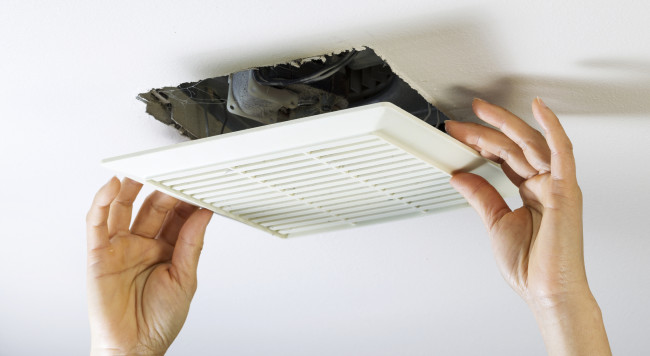Should I split up my large bathroom into two smaller bathrooms?

I'm renovating my two-bedroom, and our architect wants us to take our large bathroom and make it into two smaller bathrooms to add an en-suite bathroom to the master bedroom. What should I be thinking about in terms of property values, logistics, or other potential pros and cons?
Creating a second bathroom will almost certainly add value to your apartment, though there are some logistical hassles to consider before you make the leap, say our experts.
"Having a master bathroom that's accessible from the master bedroom can increase the value dramatically from the original large one-bathroom layout," says Corcoran's Deanna Kory, who estimates the potential value-add at anywhere between $50,000 to $250,000, depending on the price range and size of the apartment.
"Adding an additional bathroom to your home is always a good idea in terms of renovation ROI [return on investment]," concurs Bolster CEO Fraser Patterson. (Bolster is a Brick sponsor.) Specifically, numbers from the National Association of Home Builder data indicate that an additional half-bathroom can add 10 percent to a property's value, with a full bathroom adding as much as 20 percent.
Of course, before you start seeing dollar signs, you'll also have to consider who much extra it will cost you to add that bathroom in the first place. "Data from the Remodelers Impact Report shows the ROI at 52 percent on a $50,000 investment, so depending on what you spend and your original property value, you may end up only recouping half of what you spend," Patterson adds. To determine cost, potential added value, and return on investment, consult with a local broker or two familiar with your area, who can give you a better idea of what to expect.
Besides costs, the addition of a bathroom may cause you some extra paperwork headaches with both your board and the city's Department of Buildings.
For starters, Kory points out, New York City building code requires new bathrooms to be ADA/handicap accessible, with room for a wheelchair to turn around within the bathroom and have access to all of its fixtures. Besides the potential lack of space, she says, "because it needs to be filed with the Department of Buildings, it requires extra time and extra steps and therefore extra cost."
If the creation of a second bathroom will involve moving around major fixtures such as sinks and the shower, you'll want to check whether your building has "wet over dry" restrictions on these types of "wet" features being added above a "dry" room in your downstairs neighbor's apartments.
"If you're keeping new fixtures in the same locations as the old ones, you should be fine," says Patterson. "If not, and you need to reposition or add fixtures (sink, taps, shower), then wet-over-dry restrictions may apply and are typically a no-no, but some co-ops do allow it."
One additional logistical thing to keep in mind: Whatever you decide, you'll need to notify your home insurance company about the work, particularly if it will require you to temporarily move out, says Jeff Schneider of Gotham Brokerage (fyi, a Brick sponsor).
Ultimately, you'll want to do some consulting with your architect, board, and a broker before deciding one way or the other. But generally speaking, a second bathroom is seen as a significant upgrade.
"[Adding a bathroom] is highly desirable and helps to alleviate congestion in busy families and, depending on how much you entertain and your sensitivity to privacy, is a great way to prevent guests from having to traipse through your bedroom or private areas," says Patterson.
"I think that if you can create a master bathroom in the situation, the value will increase substantially and perahps even more importantly, the audience will be greater for the apartment and time on the market would be shorter," adds Kory.
Trouble at home? Get your NYC apartment-dweller questions answered by an expert! Send us your questions.
See all Ask an Expert.
You Might Also Like


























